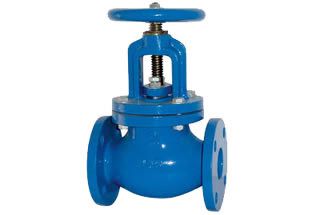A Brief Introduction to Globe Valves
 secureluokai
secureluokai
 April 9, 2025
April 9, 2025

The globe valve, also known as the forced-sealing valve, its “forced” characteristic is mainly reflected in the valve closing process. When cutting off the fluid, pressure needs to be applied to the valve disc. The specific operation is to turn the valve handle in a screw-lifting manner, and then the valve stem will descend, which in turn drives the valve disc to move downward. Relying on the pressure, the sealing surface of the valve disc is tightly pressed against the sealing surface of the valve seat, so as to effectively seal the flow of the fluid. This is the basic working principle of the globe valve.
The valve disc of the globe valve is designed in a plug shape, and the sealing surface is conical. By means of the valve stem that moves in a screw-lifting manner to drive the valve disc, it is possible to precisely and effectively control the fluid flow rate and achieve a good flow regulation function. Moreover, this valve has a short opening and closing stroke and excellent cutting-off function. It is extremely widely applied in various fluid medium engineering projects such as water, gas, steam, and oil products. It is suitable for both flow regulation and medium cutting-off, demonstrating strong applicability. It should be particularly noted that there is no friction between the valve disc and the valve body of the globe valve, which ensures its excellent sealing performance and greatly extends its service life.
If you have any questions or inquiries, please feel free to contact us with sales@lokvalve.com or WhatsApp: +8618616568786


